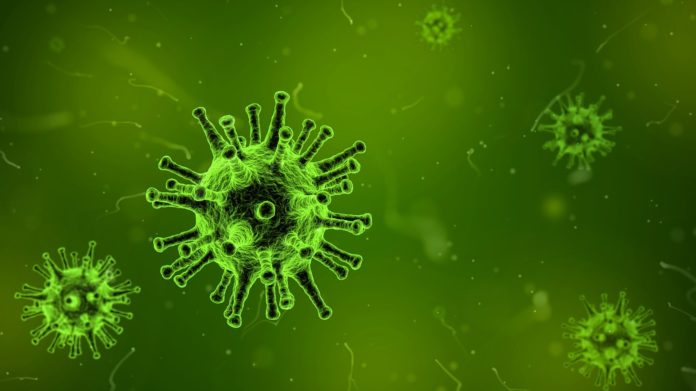Scientists aren’t afraid to look to nature when fighting disease. One of the most widely used breast cancer drugs was found in the bark of the pacific yew, a tree that lines the Pacific coast of North America, while penicillin, which is derived from a fungus, was among the first tools in the fight against bacterial infection.
Now, new research from the University of Ottawa suggests we might soon be using viruses – yes, viruses – clinically, to treat other viral infections. Fighting fire with fire, the scientists have one specific target in mind: human immunodeficiency virus, or HIV.
Over time, an HIV infection will lead to the development of acquired immunodeficiency syndrome, or AIDS. Since its recognition by the Centers for Disease Control and Prevention in 1981, scientists have made enormous strides in the treatment of HIV/AIDS. Current antiretroviral drugs drastically slow disease progression and dramatically increase the life expectancy of those with AIDS to near-normal values. But, there’s still no cure.
The lack of cure is due in large part to the natural life cycle of HIV. Upon infection, some HIV virions will infect a cell and enter a phase called latency, where they lie dormant and virtually undetectable inside the host’s cells. Recently, however, a unique fingerprint of a cell with a latent HIV infection was found. Now, new research, led by Dr. Jonathan Angel, a Clinician Scientist at The Ottawa Hospital, found that this fingerprint is easily recognized by a different virus, called the maraba virus. The research was published in The Journal of Infectious Diseases.
To avoid detection, HIV disrupts the host cells’ immune response, shutting down a signalling pathway called the antiviral type I interferon response, or IFN-I. A similar strategy is employed by cancer cells in tumors and previous research from the Ottawa Hospital found that the maraba virus preferentially infected and killed cancer cells that had deficits in IFN-I signalling. In their new study, Angel and colleagues tested whether maraba viruses could be used to selectively infect and kill the IFN-I deficient cells containing a latent HIV infection.
The University of Ottawa scientists collected samples of cells from patients with HIV infections. A subset of these samples was confirmed to harbour latent HIV virions. After Angel and colleagues infected these samples with the maraba virus, there was a decrease in HIV DNA present in the sample and it was harder to induce HIV replication, implying that the latently infected cells were eliminated.
Current antiretroviral therapies are capable of eliminating nearly all traces of the HIV virus from infected patients. What remains, however, is the latent HIV infection. These dormant virions serve as a reservoir that could quickly re-initiate disease symptoms if antiretroviral therapy was ended. Strategies aimed at curing HIV infection now focus on latently infected cells – eliminating these cells could eradicate the virus from the body entirely.
Maraba viruses are currently being used in clinical trials to treat IFN-I deficient tumours in patients with cancer. Angel and colleagues hope that these trials will lay the groundwork for eventually translating their new results into a similar clinical trial for patients suffering from HIV infection.








































